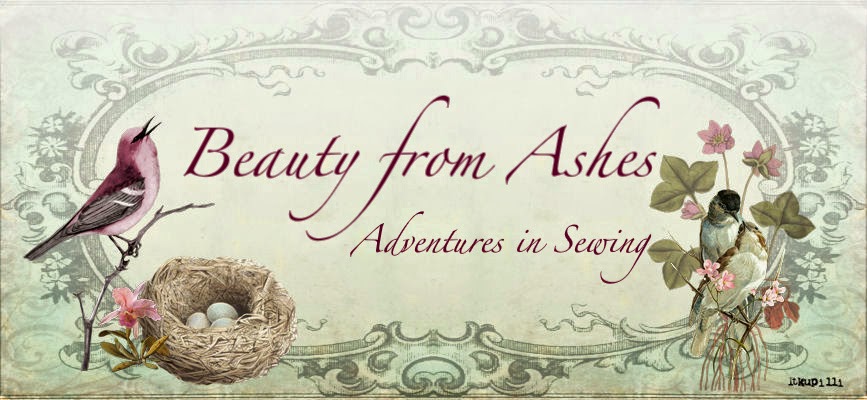Hello all! Just a quick tutorial about how to make a Royal Order Sash Bow. I made these years ago, for my trip to Costume College in 2014 and then Port Townsend's Victorian Festival in 2015. Somehow I forgot to write about how I made them. With this year's Costume College's theme being royal and all, I figured it would be a good time to do just that!
The ribbon I used was 3" wide moire ribbon from this store on eBay: Ribbon Store. It offers many colors, made of rayon and is fabulous to work with!
I have a nice Pinterest board dedicated to Sashes: Royal: Order Sashes where all kinds of inspiration can be found.
The Royal Order of Sartorial Splendor has 2 wonderful posts dedicated to sashes: Sashes and Stuff Part 1 and Sashes and Stuff Part 2
that explain the meaning of sashes, countries that give sashes and orders, how to wear them and other fun things! Plus, the blog is just fabulous to look at if you like me and adore all things royal!
Port Townsend, WA for their Victorian Festival. I loved the way the light blue of this sash went with the pale yellow of my natural form ball gown.
More images here: Port Townsend Victorian Festival
Costume College 2014. The first time I went as royalty. I attended the gala as Empress Gina and my fabulous costuming bestie attended as Queen Josie!
More images here: 2014 Costume College Gala
On To The Tutorial!
Take two lengths of the ribbon and fold them so that the ends lap over each other about 1/2" in the back. The finished, folded piece should measure 5 3/4", so perhaps the length of the ribbon pieces before folding would be 11.5"? I apologize for not measuring that.... Mark the very center with chalk or a disappearing pen and secure with a pin. You will have two separate folded pieces of ribbon.
Place the two folded ribbon bits one on top of the other, overlapping sides facing each other so that you don't see any raw edges on the finished product. Stitch up the marked line.
After you have stitched the two folded ribbon pieces together, iron the edges so that they are flat.
Now you get to make the template for the "pinked" edges of the next layer.
Cut a new piece of ribbon 5 3/4" long and transfer the "pinked" edges to each short (cut) side of the ribbon and cut out.
Fold the "pinked" piece in half and iron so that you can see where the middle is.
Place the "pinked" piece on the two folded, stitched and ironed pieces. You'll want the ribbon to gather nicely when you pull the string, so use my stitches as a guide. The idea is to have the ribbon gather in deep gathers and not shallow ones like you have when gathering a skirt into a waistband.
Sadly, I didn't take photos of the next steps, but they are easy. Gather up the hand sewn running stitch in the center of the three layers as tight as you can get it and knot it off. Cut a piece of ribbon about an inch to 1 3/4" wide. Tri-fold it into a piece about 1/4" wide, or a bit more, and wrap around the center of the ribbon over the top of the gathering stitches. Sew to secure in the back.
Next, drape the rest of the ribbon over your shoulder and overlap it at your hip and mark where they meet. I can't remember how far the overlap point was from the end...maybe 3 or 4"? Pin the overlap in place. While it is on you (or your mannequin), pleat the ribbon at your shoulder so that it lays flat against you. If you don't do this, it will stick out and look weird. Secure with pins so you can sew the pleats down when you take it off. When you take the sash off, either gather or pleat the marked bits so that when you overlap them, they flare out from each other. You don't want them laying on top of each other. Stitch points together.
Sew bow to the spot where the sash points have been stitched together. Now you can decide how long you want your tails. Looking at actual images of real sashes will help a lot here!
Now you can totally add whatever "Order" you want to! Since Josie liked elephants, this was our Order of the Elephant! Denmark is the country that has an actual Order of the Elephant! I put the ring of the medallions under the "knot" of the bow and stitched to secure!
I won a lot of heraldic pendants on eBay and fell in love with this one. It also matches my order star so Huzzah!! Perfect match!!
Some of my "order stars" that I have collected over the years. The top two were ones that I altered using stars off of eBay.
Please note: When you make the sashes, remember that the back side of the ribbons need to be longer that the front side as the bow sits at your hip, whatever hip you decide that should be. Most sashes go from the right shoulder to the left hip with the exception of a very few. But if you are planning on making your own "order of....." sash, you can decide what shoulder to what hip you go with!
I hope this tutorial made sense! They are super easy and fun to make!!
Blessings to you all!
g



































































